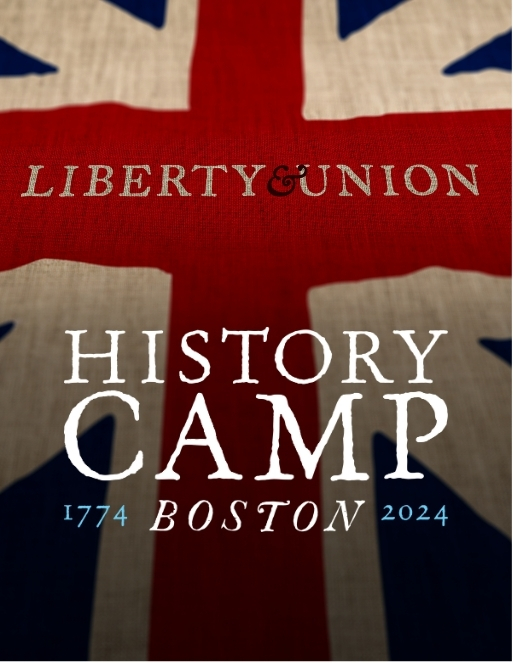
Steve Call
From the dawn of human flight through the mid-sixties, a significant number of influential people, the “air power advocates,” used popular culture to “sell” the American public on air power. Some military figures, especially Billy Mitchell, played important roles in this campaign; but, by far, the campaign was dominated by civilians, most of whom had no connection with military aviation. The vast majority were motivated simply by the conviction that human flight had revolutionized warfare, and they were determined to convince the American public of their “Truth.” Throughout the period, magazines, movies, Broadway plays, novels, personal memoirs, advocacy books, radio, and even comic strips served to advocate for contemporary air power theories in popular interest. Before World War II, a mostly generalized approach was that air power had rendered armies and navies obsolete, and that the only way for air power to fully develop and achieve its full potential was to free it from the “hidebound” generals and admirals of the ground and naval services. After WWII, there was an even stronger and more focused press that argued specifically for strategic bombing as the only hope for defending the West from the “Communist Menace” during the Cold War.
